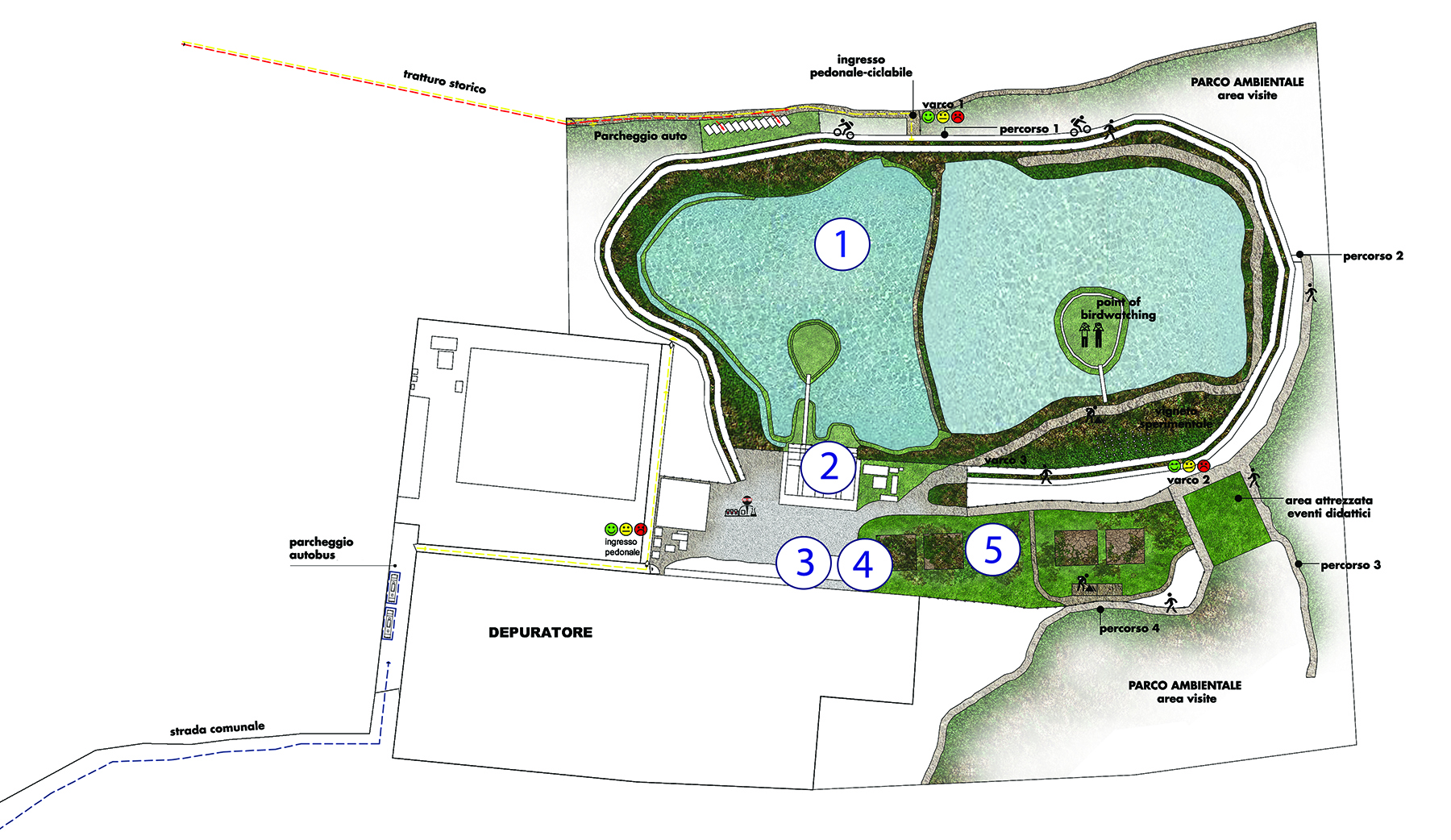
Urban wastewater refining plant "Forcatella Lake"
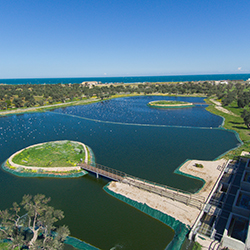
"Forcatella Lake"
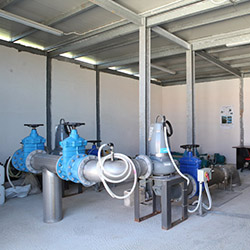
Clariflocculation and disinfection station
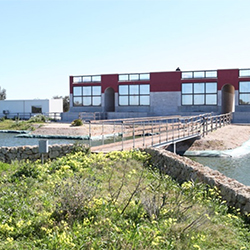
Lamellar pack settlers
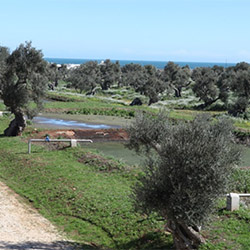
Phyto-dehydration beds for sludge
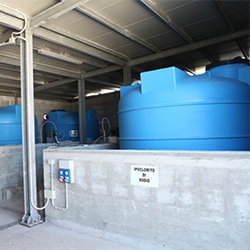
Reagents dosing station point
The urban wastewater refining plant of Fasano-Forcatella (BR), better known as "Lago Forcatella", operates downstream of biological treatments, on a discharge otherwise intended for discharge into the sea in Table 1 (Legislative Decree 152/2006).
The operation of the plant consists in intercepting the waste water of the municipal purifier by means of a hydraulic disconnection and apply more "pushed" treatments to obtain water that can be reused in agriculture. In this way, therefore, in normal operating conditions, the discharge into the sea is zero.
These waters present a considerable variability, depending roughly on the daily contributions: there is an online station that acquires in real time the value of COD and nitrates characterizing the incoming waters to check their quality.
The plant is composed of:
WATER LINE
Clariflocculation and disinfection station / Reagents dosing station
The place where the intercepted water is introduced into a tank and taken from 2 pumps, which mix in line the reagents such as sodium hypochlorite, aluminium polychloride with the optional addition of activated carbon (MITO3X® technology, of which AquaSoil S.r.l. owns the patent).


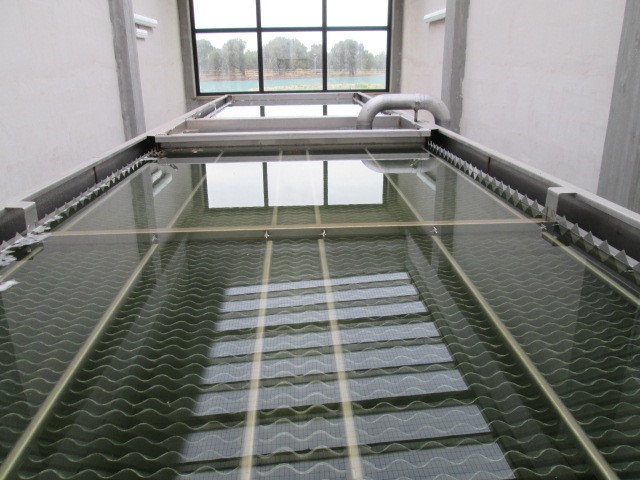

Lamellar pack settlers
A building divided into four identical units, each with a steel lamellar pack settler. The water coming from the clariflocculation and disinfection station is loaded from above and, on its way up, it flows out of a lamellar pack system, installed in an inclined position in order to increase considerably the useful surface for sedimentation. a building divided into four identical modules, each with a steel lamellar pack settler. The water coming from the clariflocculation and disinfection station is loaded from above and, on its way up, it flows out of a lamellar pack system, installed in an inclined position in order to increase considerably the useful surface for sedimentation. The four settlers can operate separately or simultaneously according to the requirements, with flow rates of 80 m3/h each, for a total of 320 m3/h. The sand filters located downstream of the sedimentation tanks allow the water to be subjected to further filtration.
Forcatella Lake
Forcatella Lake, formed by two basins, has a surface area of 6 hectares and a capacity of 50000 m3. The water from the first basin, which has the function of stabilization and contact, ends up in the second basin, which has the function of regulating the water level and storage. The surplus water, through 5 water outlets positioned in the second lake, feeds the underground water table, strongly affected by saline intrusion phenomena, by draining trenches. From the second basin, a pipe starts which conveys the water into a loading tank and finally sends it into an accumulation tank for distribution.


THE SLUDGE LINE






